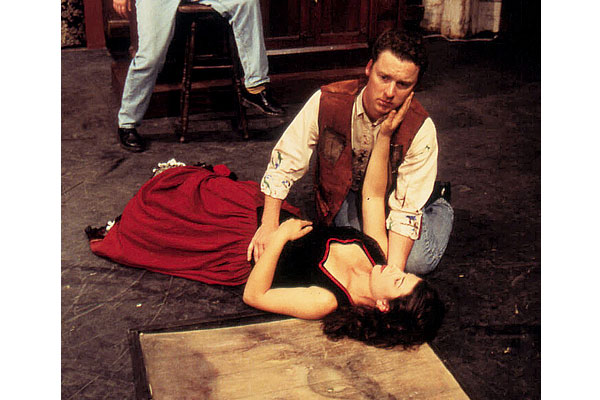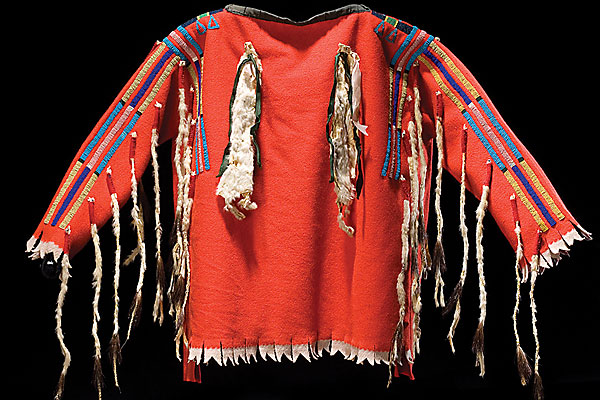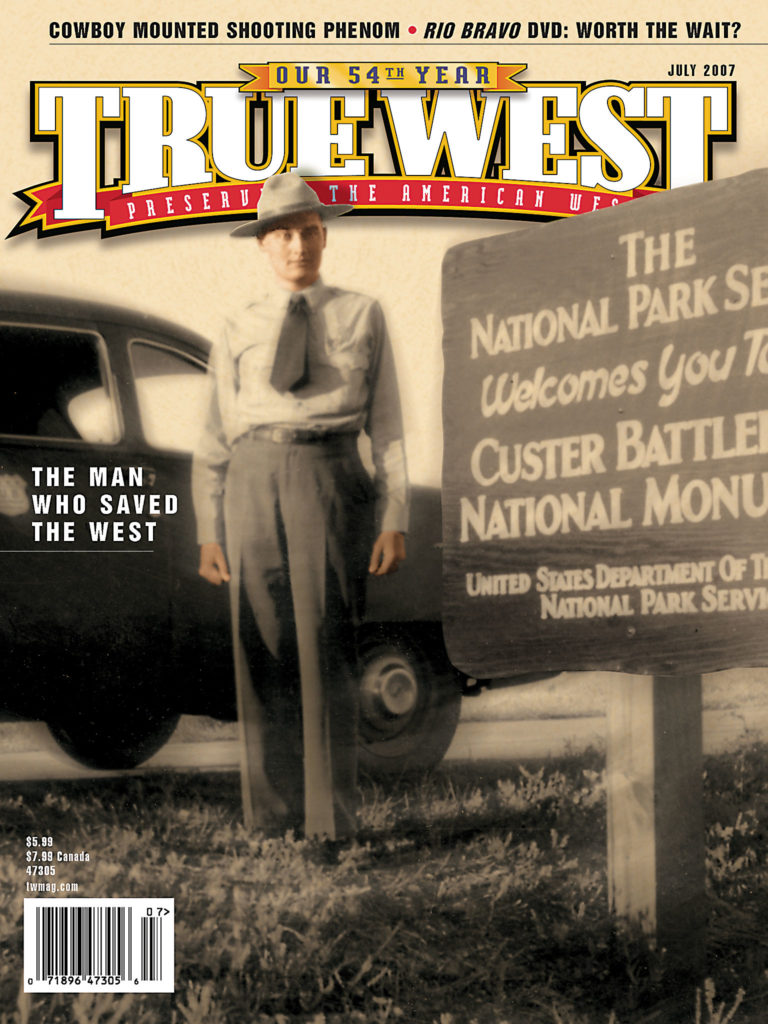 The Central City Opera in Denver and historic preservation go together. The organization formed back in the early 1930s to help save and renovate the city’s 1880-era opera house. That mission was accomplished in July 1932 when it reopened with a performance of “Camille” featuring Lillian Gish.
The Central City Opera in Denver and historic preservation go together. The organization formed back in the early 1930s to help save and renovate the city’s 1880-era opera house. That mission was accomplished in July 1932 when it reopened with a performance of “Camille” featuring Lillian Gish.
Since then, the organization is a steward for 30 other properties in the Central City/Black Hawk National Landmark Historic District—a major tourist draw.
As part of its 75th anniversary celebration, the Central City Opera presents “The Face on the Barroom Floor,” based on an 1887 poem. You know the story—a painter goes into the bottle after his lover deserts him for a fair-haired boy featured in one of his portraits. The melodrama was the basis for several film versions, notably a 1914 flick starring Charlie Chaplin.
A painting of the heroine can be found at the Teller House’s Face Bar—on the floor, of course. The 19th-century Williams Stables are just across the street. The horses are gone, the stalls are out and the stables now serve as rehearsal space and performance hall. During July and August, it will host the operetta, “The Face on the Barroom Floor.” Nothing like a historic performance in an historic setting: 303-292-6700.
SCHOOL’S IN
Fairbank, Arizona, has always lived in the shadow of its neighbor Tombstone, located just 10 miles east. Its population never exceeded 100. Its major claim to fame: a 1900 gunfight between lawman Jeff Milton and the Burt Alvord Gang during an attempted train robbery (TW April 2007). Fairbank is now pretty much a ghost town, located in the federal Bureau of Land Management’s San Pedro Riparian National Conservation Area.
But Fairbank has something to celebrate—the restoration of its 1920 stone schoolhouse. The project has been in the works for a few years, a cooperative venture of the BLM and the Friends of the San Pedro River. Most of the money came from the Federal Highway Administration.
The school closed in 1944, but former students have returned over the years for reunions. Now when they come back, the building will be a museum, information center and gift shop run by volunteers. It’s not offering the old-style book learnin’, exactly—but the lessons it teaches are just as valuable: 520-457-3062.
SCHOOL’S IN 2
For more than 50 years, folks probably didn’t notice the old barn outside East Columbia, Texas, south of Houston. Yet that building was originally a schoolhouse, built in 1921. In fact, it was one of about 5,300 Rosenwald Schools constructed for black students in 15 southern states during the 1920s-30s. The project was a joint effort of famed black educator Booker T. Washington and Sears, Roebuck President Julius Rosenwald.
Most of the schools are long gone. The one in East Columbia closed in 1949. Local historians uncovered the building’s heritage and began restoration, raising $80,000 in mostly private funds and moving the school to the grounds of the Columbia Historical Museum. Some original school desks have been donated. By the time you read this, the Columbia Rosenwald School should be open for visitors: 979-345-6125.
HANDS-ON HISTORY IN VIRGINIA CITY
In Virginia City, Montana, the legacy of the miners, outlaws and vigilantes of the 1860s lives on to this day.
The town is now owned by the State of Montana and managed by the Montana Heritage Commission. The two agencies work hard to preserve the town, which is popular with tourists and researchers.
Those areas of interest merge in a workshop held from July 9-13. The hands-on experience investigates the interior and exterior finish materials used in the Virginia City buildings, such as paints, varnishes and decorative treatments. The study is aimed at preservationists of all kinds—even folks who just want to take care of an older home.
This is the second summer that the Heritage Conservation Network and the Virginia City Institute for Preservation Research and Technology have sponsored such efforts. In 2006, workshop participants researched the town’s Gilbert House, an 1863 structure that’s been among the most endangered buildings in the area. The group determined the extent of deterioration and the options for stabilizing the building. For information on this year’s workshop: 303-444-0128.
AU NATURAL
Here’s a new twist on getting back to nature. At the end of March, the last building at the legendary Mustang Ranch brothel in Storey County, Nevada (near Reno), was burned as part of a firefighting training exercise. The place was closed in 1999 after getting in bad with the IRS. Mustang Ranch became the state’s first licensed brothel in 1971.
The BLM plans to return the land to its natural state and open it for public access to the Truckee River: 775-861-6400.





